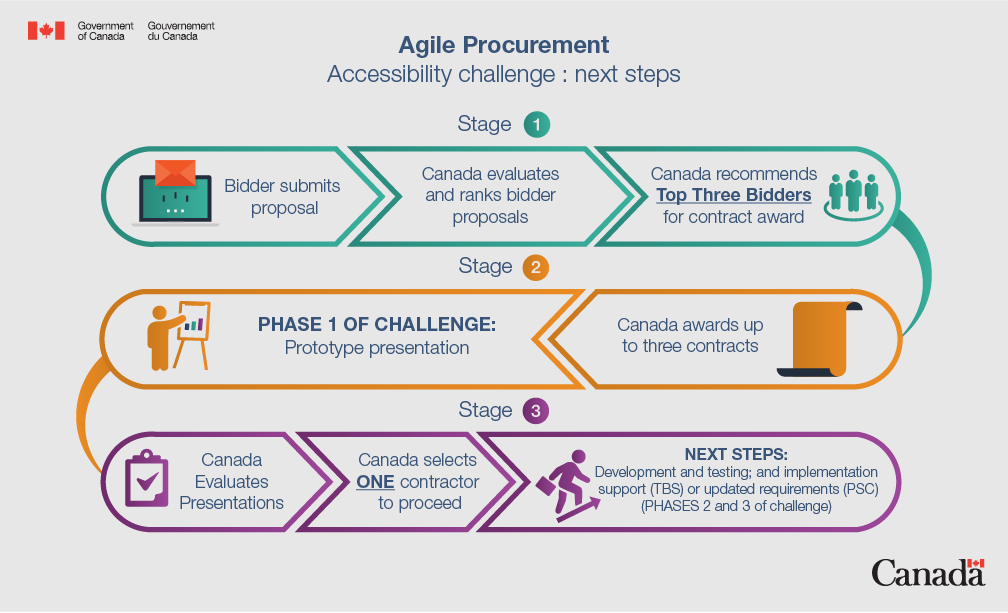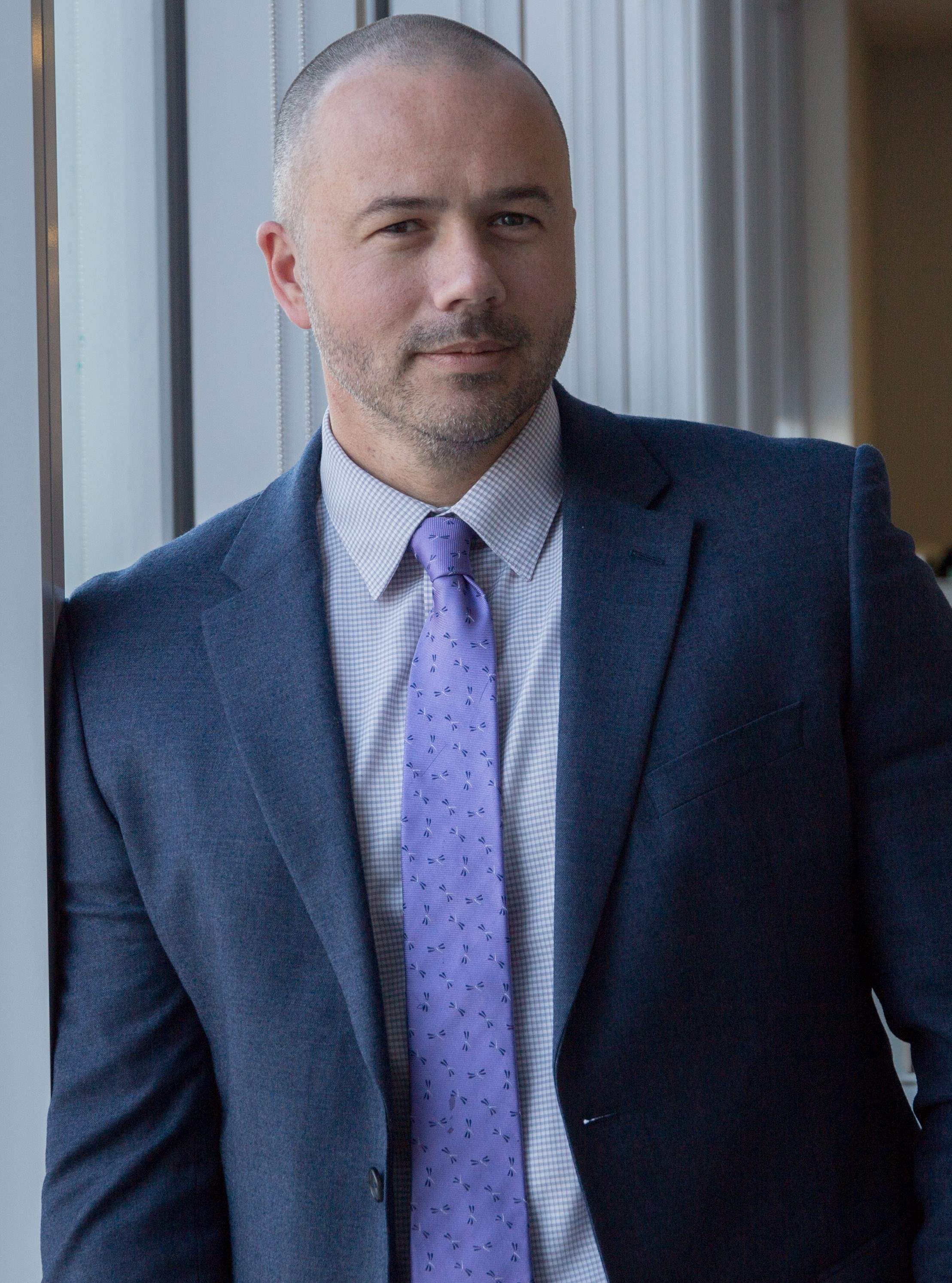The Government of Canada is committed to openness and transparency. When we open government, we need to open it to all Canadians, regardless of their accessibility needs.
That’s why I’m thrilled that the Treasury Board Secretariat is making what I hope will be a transformative investment. We’re putting out a contract for an innovative, open source solution to help improve accessibility. We’re making the investment to help make Government and its information truly open by default, for all Canadians.
Buying tech to support accessibility
On January 5th, I was at DigiHub, a business incubator in Shawinigan, Quebec. I was with colleagues to announce that we have put out a contract to enhance accessibility for content on our website, open.canada.ca for persons with disabilities.
To address the challenge, we’ll be scaling and iterating the agile procurement process that we launched over the summer. I’m excited to demonstrate that we can and should continue to make our procurement process simpler and faster.
Becoming open by default
Over the summer, we were very happy to complete a competitive procurement process within two months (more info in this blog). We worked with a great team at Public Services and Procurement Canada to award a contract to improve the usability of our Open by Default Pilot portal.
But usability was not our only challenge in making government open by default. The accessibility of the documents on our portal was another concern. The portal provides public access to our draft documents. We discovered that public servants sometimes struggle to make their documents fully accessible to people with a variety of accessibility needs.
The global technological community is investing in the development of new tools to enhance accessibility. Emerging technologies show promise in improving accessibility and support inclusion. We want to tap into that expertise to find solutions for more digital accessibility on our pilot portal.
We’re buying technology differently
Since our procurement pilot over the summer, we’ve been spreading the word that government can buy technology differently. By modernizing and streamlining our procurement processes, we can support digital marketplaces that help us deliver better results for Canadians.
So when we asked partners across government to get involved, there were lots of volunteers! Several departments are contributing funds. The Public Service Commission agreed to identify a second challenge. And Public Services and Procurement Canada again accepted to serve as our contracting authority.
Now we have two amazing opportunities to improve digital accessibility. We’re focused on two government websites, open.canada.ca and the Government of Canada recruitment site. I would love to see as many proposals as possible submitted to find the best solution.
Our procurement process
We are looking to work with leading innovators in Canada and abroad to help address accessibility challenges.
If you’re interested in submitting a bid, please take a look at our call for proposals. Bids are due by the end of January. We’re looking to award contracts to improve accessibility relating to:
- Documents on the Open by Default Pilot Portal;
- Searching and applying for federal government jobs.
We’re using a similar procurement process to what we piloted over the summer. The infographic explains the process. We’ll start by selecting up to three highest ranked bidders for each of the two challenges. After that, we’ll run a Dragon’s Den-style evaluation event to select the top contractor for each of the two challenges.

Figure 1. Infographic of CFP Process - Text version
- Step 1: Stage 1 - Bidder Submits Proposal
- Step 2: Stage 1 - Canada Evaluates and Ranks Bidder Proposals
- Step 3: Stage 1 - Canada recommends top three Bidders for Contract award
- Step 4: Stage 2 – Canada awards up to three Contracts
- Step 5: Stage 2 – Contractors completes Phase 1 of the Work, Prototype Presentation
- Step 6: Stage 3 – Canada evaluates Prototype Presentations
- Step 7: Stage 3 – Canada selects one Contractor to proceed to Phases 2 and 3
- Step 8: Stage 3 – Contractor completes Phases 2 and 3 of the Work, Development and Testing, and Implementation Support for Challenge 1 or Updated Requirements for Challenge
Want to learn more?
You’re invited to a webinar on January 9th, 2018. Registration information is on the tender notice. Officials will be available to answer your questions on the procurement process.
I look forward to seeing what kind of solutions bidders will come up with. This is our chance to improve digital accessibility for all Canadians.
I hope you will take this opportunity to propose brilliant, creative ideas. Government needs to build on external expertise to capitalize on opportunities like improving accessibility. We’re committed to leveraging open innovation to try to make that happen, together!




Add new comment
Comments
Ways to actively promote innovation in web accessibility
Submitted by Anonymous on February 15, 2018 - 2:44 PM